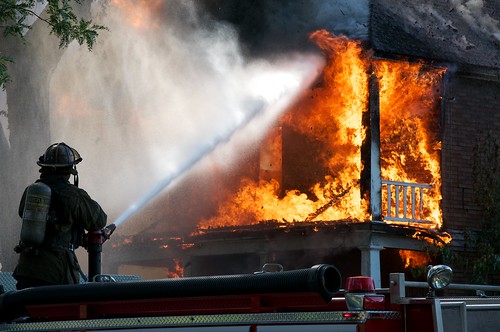
Legends Hotel 6, a photo by Andy Cardiff on Flickr.
I am a Black Hat Sect Feng Shui consultant. I love to watch and experience how energy or ch'i flows in an environment. I also love how well the information, wisdom and knowledge is protected through the ritual of the red envelope. Feng Shui has remained intact for over 4,000 years. Think of how many other cultures, languages and oral histories would still be present if such protective care were taken with them! My teacher, Nancy Santo-Pietro, is such a compassionate person who gives so much to her students. While in her certification course, she asked us to come up with our own way of describing the ritual. Many years later, I can still say hers is the best one I've come across. On page 145 of her first book, Feng Shui: Harmony by Design, she writes:
When transcendental cures are offered, the giver needs to request of the receiver one, three or nine new red envelopes, depending on how many cures were dispersed. Nine envelopes are usually given to the person with the cures when the receiver wants to express his/her greatest respect and thanks to the giver, but one or three are acceptable of only one or two cures are prescribed. These envelopes can be traditional Chinese red money envelopes (Hong Pao) or any generic red envelope from a local card shop. The important thing is that they were never used before and that after you complete the ritual they will be discarded and never used again. Inside each red envelope is a token monetary gift. The offering can be as little as 5 cents or 1 cent when it is being offered to a nonprofessional. When the envelopes are being presented to a Black Hat Sect Feng Shui expert or consultant, then the practitioner's fee goes inside the one, three or nine red envelopes. After the envelopes are received, before the individual/consultant can spend the money, she or he must sleep with it under his/her pillow or mattress for one night after blessing the envelopes, while reciting the Three Secret Reinforcement. It is important to remember to follow the Red Envelope Ritual, no matter if you share the cures with friends, family or clients. If you find that you are uncomfortable asking for the red envelopes or the person you are sharing these cures with doesn't want to follow through on providing them, then accept those signs as an indication that you are not ready to share these cures and most probably the other individual is not ready to receive the information just yet. Knowing when to help and when not to help is a very valuable and important skill to have. If you take this part of the Feng Shui process seriously, then be patient with yourself and the process - trust that you will know when it's the right time to share the information with others.
Words to live by. I bring this up because I wrote last week that I would create a Feng Shui analysis for Detroit. And I'm almost finished - just looking for a way to make a viable, virtual red envelope system. Hopefully within the next few days. I can only describe it as an interesting process.

